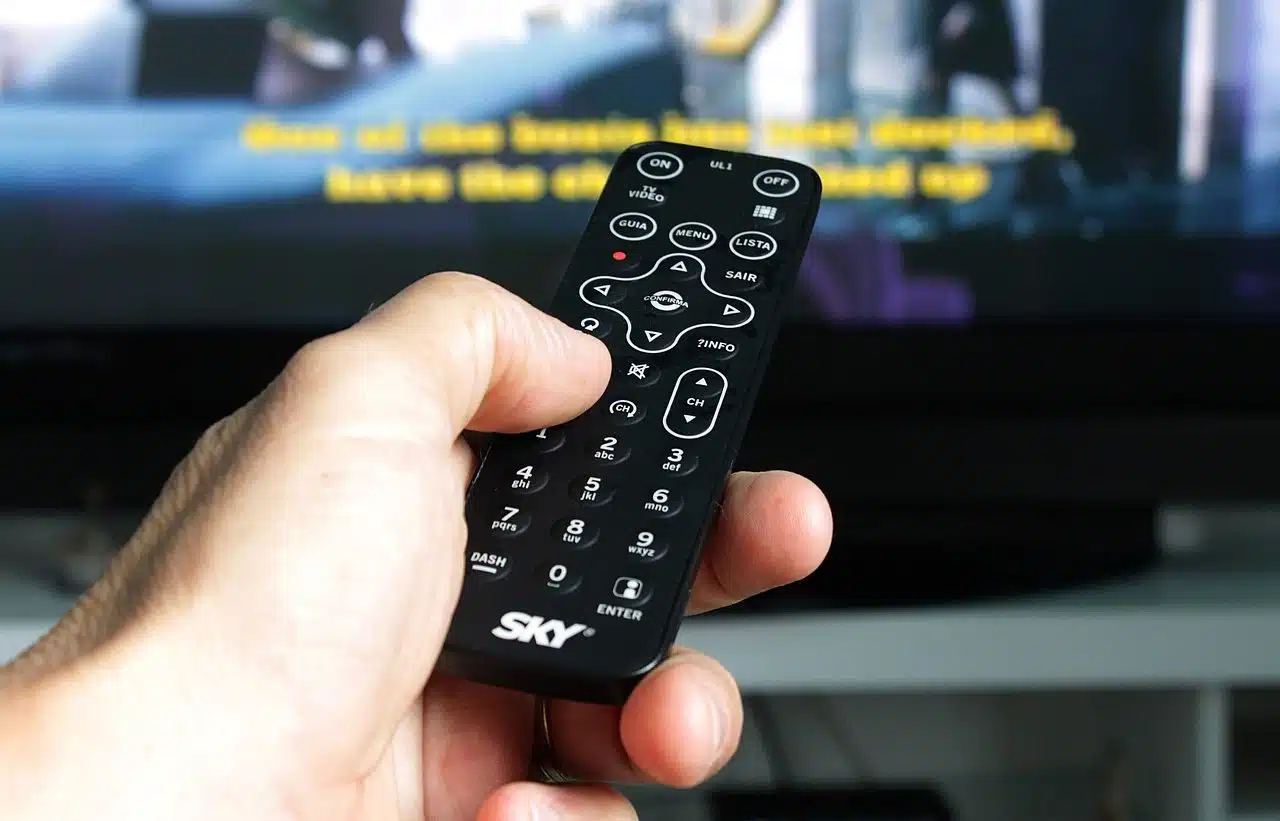
A digital camera is an input device.
An input device is a piece of equipment or a component that allows information to be entered into a processing unit.
It should be noted that, in the field of computing , an input is a series of data that is received by a certain system for subsequent processing. This concept always appears linked to the output , which involves the presentation of the information so that the user can use it as needed.
Input device examples
Some examples of input devices are the keyboard , mouse , scanner , webcam , stylus , and microphone .
The way in which the user interacts with them is very varied and has, in each case, a different purpose, which can be the digitization of a text or an image, the capture of a video sequence or the recording of a song. , among many other possibilities.
Take the case of video games . It can be said that an input device is an artifact that the user uses to give instructions to the system, such as when controlling a character.
A joystick , a gamepad , a flight stick , and gaming pedals , as well, are other examples of input devices. These devices are what allow information to be entered, which is then expressed in different ways or generates different effects.
On the other hand we have the output devices, a group in which the monitors and printers are located, for example; The former emit information through the screen, while the latter do so in a physical and tangible way, on sheets of paper.

Among the most used input devices is the remote control (remote control).
Hybrid products
Other devices, such as network cards and modems , are referred to as input/output devices , since they receive information and distribute it to other processing units. A more precise definition makes it clear that all devices could belong to both classifications, depending on the perspective from which they are viewed; The keyboard , mouse , and scanner also send and receive signals to and from different parts of a computer .
The touch screen is a clear example of a hybrid device, since it collects data every time its surface is pressed, but it also constantly prints the processed information, just like a traditional monitor. It is important to clarify that every time a user interacts with one of them, their actions are sent to the processor (or processors) so that they are evaluated and a result is generated; This can be, broadly speaking, visual, auditory, or a combination of both (when you press the key of a virtual piano, for example, a sound is emitted while the instrument is animated to simulate its movement).
It is worth mentioning that the input devices mentioned in the previous paragraphs are part of the classification of peripherals , since they are independent and auxiliary, although not all of them are optional: a motherboard with its processors , its memory and its disks requires one of the following. them to communicate with people, and vice versa.

It is possible to take care of security with an input device such as a fingerprint reader.
The evolution of input devices
In recent decades, considerable changes have been seen in the means through which people interact with the devices that accompany us in our daily lives. Without a doubt, touch screens represent the most widely accepted innovation, given that we find them in consoles ( Nintendo was the first company to bet on this technology, with its DS , followed by the DSi and then the 3DS), mobile phones, laptops and desktop computers, tablets and televisions.
On the other hand, we have motion detection through gyroscopes and accelerometers (small components that collect information about the rotations and translations that we perform with the devices) to then modify the virtual world in some way, be it a video game or an application. computing. Another way to observe and capture the actions of users is to film them, and for this 3D cameras are mainly used, which consist of two "eyes" , so that they can perceive depth and allow the device to analyze the distance between different objects and subjects.
It is interesting to note, finally, that innovative proposals through an ingenious use of existing technology are statistically more successful than those that confuse the public with very complex and expensive ideas.
The sensors
Sensors , at a general level, are input devices. What they do is detect a certain variable and transmit the recorded information in a way that is useful.
If we think about the access controls that are implemented as a security measure, we will find the facial recognition sensor . This sensor is capable of examining the features of a person's face to determine their identity. There is an input of information (the "reading" of facial characteristics) that makes its corresponding processing possible. The same thing happens with a retinal sensor , which scans the inner membrane of the eye.
Other devices, such as a light sensor , temperature sensor , or gas sensor , are used to monitor environmental conditions. In each case, they serve to enter the information that is processed.
